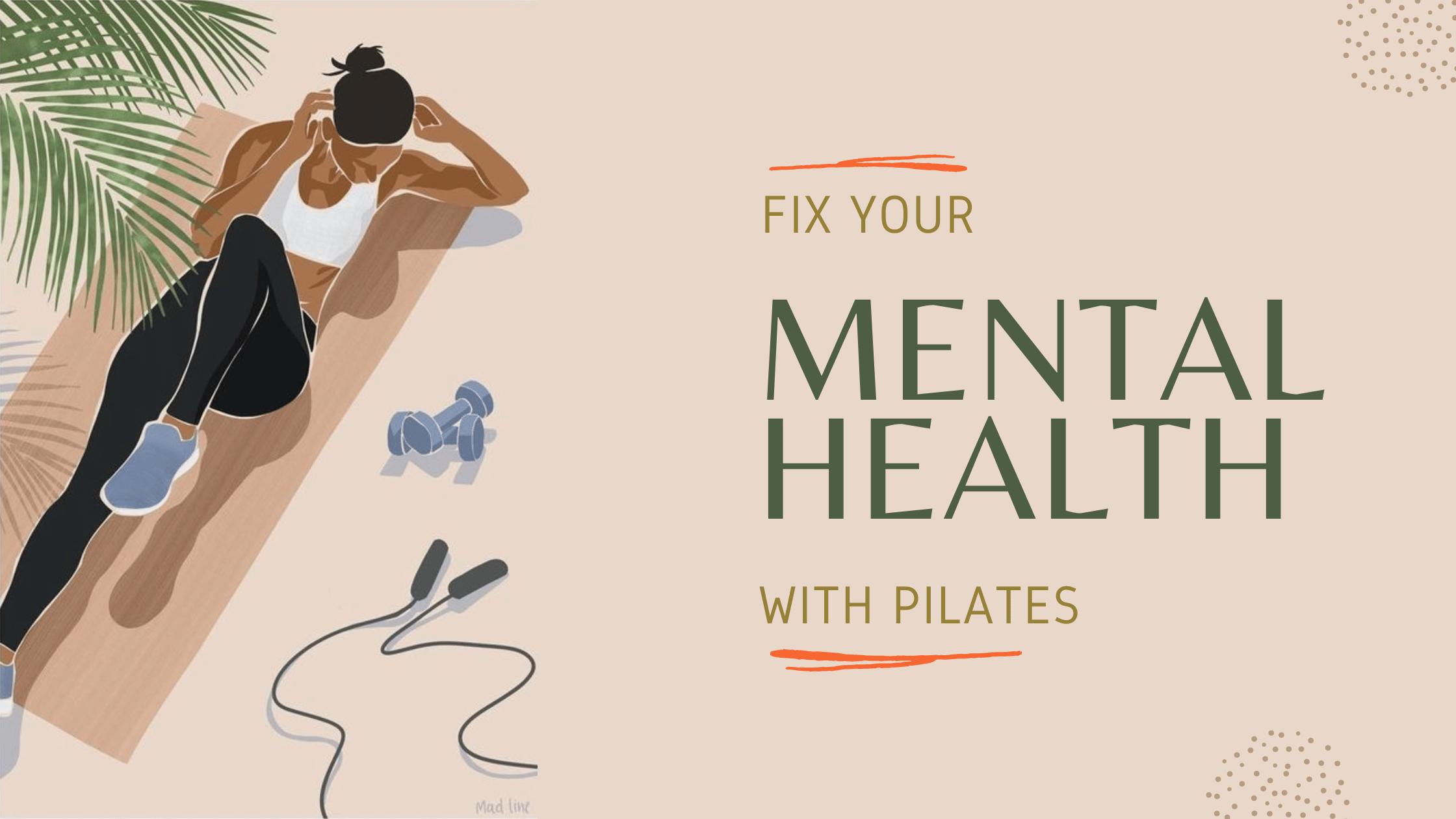
Pilates for Anxiety? The Science Behind Its Mental Health Benefits
Pilates Pila – In a world constantly buzzing with pressure, screens, and notifications, the search for peace often leads people toward unexpected paths. One such path is gaining momentum not just for physical strength, but for emotional balance as well. Pilates for anxiety the science behind its mental health benefits has emerged as more than a fitness trend it’s a lifeline for many navigating stress and emotional turbulence.
Unlike high-intensity workouts that exhaust the body, Pilates works differently. It invites calm, breath awareness, and subtle control of movement all of which are directly linked to improved mental well-being. But what does the science say? Is Pilates truly effective for reducing anxiety, or is it just another wellness myth?
The practice of Pilates, founded by Joseph Pilates nearly a century ago, was originally developed to rehabilitate wounded soldiers. Today, it’s used by everyone from dancers to desk workers seeking a balanced body and mind. Yet, Pilates for anxiety the science behind its mental health benefits has recently gained attention from researchers, therapists, and medical professionals.
At its core, Pilates is a mind-body exercise system. The deliberate control of movement, synchronized with breath and focus, creates a meditative rhythm that calms the nervous system. In many ways, the structure of a Pilates session resembles mindfulness meditation except with active, flowing movement. This combination is powerful in resetting stress responses that often spiral into anxiety.
Recent studies have confirmed that engaging in regular Pilates sessions can significantly reduce symptoms of anxiety and depression. A 2024 meta-analysis published in the Journal of Integrative Health found that individuals practicing Pilates for just 20 minutes a day reported lower levels of cortisol, the stress hormone, and improved sleep patterns after only three weeks.
What separates Pilates from many traditional workouts is its intentional mind-body connection. Every movement requires deep attention how your muscles engage, how your breath flows, how your posture aligns. This level of focus quiets the mental chatter that feeds anxiety.
Pilates for anxiety the science behind its mental health benefits lies in this mindful execution. It encourages the parasympathetic nervous system to activate, also known as the “rest and digest” system. This is the body’s natural counterbalance to the “fight or flight” state that people with anxiety often live in.
When you perform Pilates regularly, your brain begins to associate movement with safety and calmness. Your breath slows, your thoughts settle, and your body learns that it’s okay to be still. In time, this regulation becomes a learned response not just during workouts, but in daily life.
Central to Pilates practice is diaphragmatic breathing, a technique often used in therapy to lower anxiety. This breathing method expands the lungs fully, increasing oxygen intake and signaling the brain to calm down. Many therapists and psychologists now recommend breathing-based exercises as part of treatment for panic and generalized anxiety disorders.
Pilates takes it further by combining this breath with core engagement. This isn’t just about sculpting abs it’s about activating deep muscles that connect to the spine and pelvic floor. These muscles play a role in posture, balance, and body awareness. When they are strong and integrated, they send signals of physical security to the brain, reducing hypervigilance, a key trait in anxiety.
Practicing Pilates for anxiety the science behind its mental health benefits is about more than movement it’s about retraining the brain and nervous system to exist in balance.
The beauty of Pilates is that it’s adaptable for almost anyone. Whether you’re a student overwhelmed by deadlines, a parent navigating burnout, or a professional coping with workplace stress, Pilates offers a grounding practice. You don’t need to be flexible, fit, or even particularly coordinated to begin.
Clinical psychologists are beginning to integrate Pilates into trauma-informed care and recovery plans for patients with chronic anxiety. Rehabilitation centers and mental health retreats now offer mat Pilates alongside talk therapy, showing how the physical and emotional intertwine.
Even short, guided sessions at home through apps or YouTube can make a difference. The consistency matters more than intensity. Just a few minutes of intentional movement each day can reset the nervous system and build resilience over time.
Newer research in neuroscience adds to the validity of Pilates as a mental health tool. MRI studies have shown that movement combined with mindfulness like in Pilates can increase gray matter in the hippocampus, the area of the brain responsible for emotional regulation and memory.
Moreover, consistent Pilates practice has been linked to better heart rate variability (HRV), a biomarker for emotional adaptability and stress tolerance. People with higher HRV are generally better equipped to manage anxiety and recover from mental distress more quickly.
This aligns with clinical observations that those practicing Pilates often report feeling “lighter,” “more clear-headed,” or “emotionally stable,” even when other life factors remain the same. These subjective experiences are increasingly being matched by objective data.
Pilates for anxiety the science behind its mental health benefits is not just a wellness buzzword it’s a grounded, evidence-supported path toward emotional clarity. While it may not replace therapy or medication for everyone, it offers a potent, side-effect-free companion to traditional mental health support.
In a world that often demands more than we can give, Pilates creates space to breathe, reconnect, and rebuild from the inside out. It trains the body, but also quiets the mind offering a sustainable way to manage anxiety in a world that never stops moving.